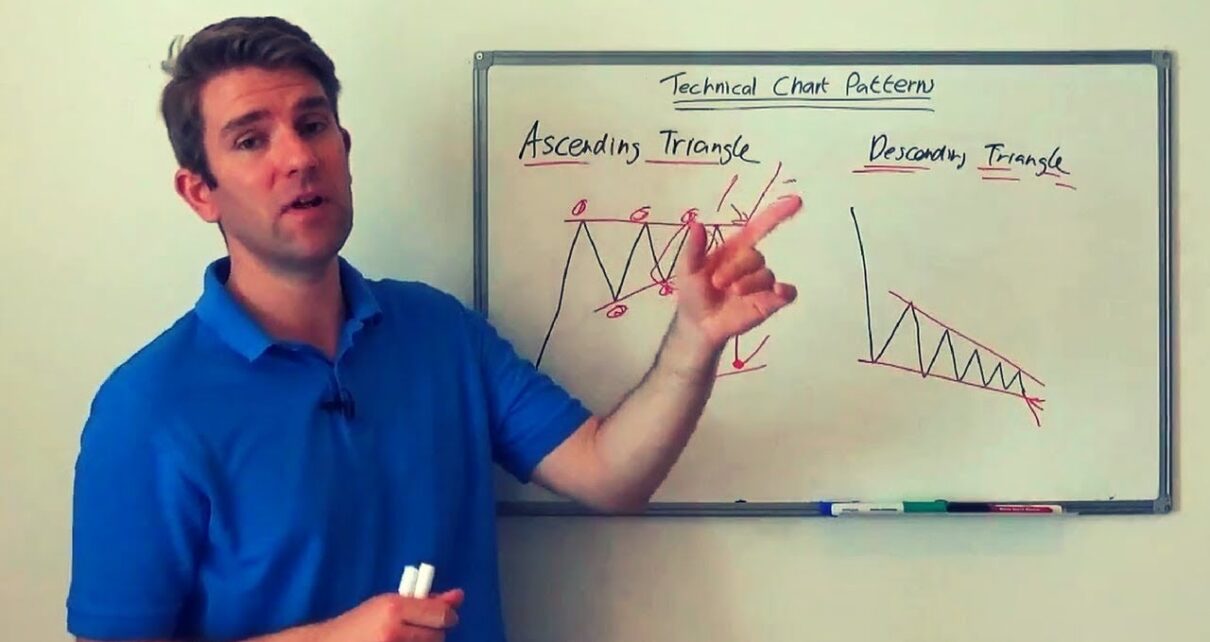Bullish continuation charts are formed by a bullish symmetrical triangle. This pattern is made by two converging trendlines that are symmetrical relative to the horizontal. The resistance line, also known as the “resistance point of the bullish symmetrical triangle”, is the bearish trend line that creates the resistance. See toutes les figures chartistes pdf for examples. The support line of the bullish triangle is the second line, which is also a bullish trendline.
The movement that precedes the formation of the symmetrical triangle must be bullish in order for it to be called “bullish”. If there is good oscillation between the lines, a bullish symmetrical triangle will be confirmed/valid. To validate the pattern, each line must be touched at least two times.
NB: A line is considered “valid” when it touches the support/resistance at least three times.
The bullish symmetrical triangle of bullishness is valid if the price touches at least three times the support and resistance lines, or at least twice the resistance and support lines. The height of the triangle’s base at the breakout point (exit) is the price objective of a bullish symmetrical triangular. Another technique is to draw a parallel to bullish symmetrical triangle support line starting at the resistance line. This will help achieve the price objective.
Statistics For Bullish Symmetrical Triangle
- Bullish exits from bullish symmetrical triangles are possible in 63% of cases.
- 89% of cases continue the upward movement after leaving the triangle.
- 81% of the cases the price reaches the price target of the triangle in the event that there is an upward exit.
- 60% of the cases see the price pullback against the resistance line at the triangle.
- 16% of the cases are false break in support/resistance lines. These are false exits from bullish symmetrical triangle.
Notes On The Bullish Symmetrical Triangle
- The exit of a bullish symmetrical triangle is most commonly at around 80% of its pattern.
- Performance is better when there are no abrupt or forceful exits.
- Performance is at its best when the bullish symmetrical triangle forms at the beginning of a bullish tendency.
- Avoid opening a position if break/exit occurs prior to 3/4 of the triangle.
- Performance is affected by support pullbacks at the resistance line of the triangle.





